The Le Pinacle F1 car is the brainchild of motorsport engineer Sébastien Lamour. The idea behind the car was to conceptualise an F1 racer that is not held back by any form of regulation. Sébastien has over 20 years experience in the professional motorsport industry. Having mainly worked in Formula One and in Endurance Le Mans Prototypes racing, so he has a pretty good idea of what he is talking about. The interesting part is that his guiding principles were that the car must be able to run on real circuits. Secondly, it has to meet all safety standards. And finally it had to be built using real, modern technology. So there is no sci-fi materials or future tech at play here.
Follow Double Apex on Facebook and Instagram, where we share more car content.
As a racing car engineer, a question has always been obsessing me ever since I have started my career. What would be the performance, what would be the look of a circuit purpose built racing car if the technical regulation was entirely free from constraints, with the exception of keeping all contemporary safety devices (halo, reinforced and homologated monocoques, fuel cell installation, etc…), with the obvious target being to achieve the fastest lap times ever known on contemporary racing tracks?”
– Sébastien Lamour
Buy now and take advantage of free delivery in South Africa on orders over R349.
One-track Mind
His goal was simple, create the car to set the quickest lap time possible. And his dream was realised in the radical machine you see here. As F1 cars are heavily restricted by regs, he took inspiration from CanAm and Pikes Peak racers that are far more open in design. The Le Pinacle F1 car has some truly interesting details and outside-the-box thinking. The bulk of the car’s aerodynamic grip is generated through the use of full-body underfloor ground effects. Furthermore, there is a massive fan at the rear to help generate grip regardless of what speed the car is moving at. In addition there are moving aero devices on the upper and lower surfaces of the car to both reduce drag and improve aero grip.
Click here to watch our video of the lightweight Dallara Stradale sportscar.
Space Age Appearance
His creation runs on completely on active suspension, which was a no-brainer for him. The system features full ride height and damping control, operated through hydraulic actuators on each wheel and managed by an electronic control unit from wheel load inputs. Using such a set-up allows the ride height to remain ideal at all speeds for maximum efficiency of the aero package.
Click here to check out alternative F1 histories, as imagined by a digital artist.
Turbo Power
Interestingly, Lamour has overlookedthe high-revving V10 and V12 engines of the past. Instead he has opted for a 1,6-litre V6 that is similar to the unit used in Formula One at present. The small engine will be fitted with twin turbochargers, but no hybrid componentry. Removing all boost- and fuel flow restrictions as well as max fuel allowances, the V6 will produce 1 200 kW (or 1 600 hp). Interestingly, that number is deemed the ideal for a rear-wheel-drive racecar to use on a race circuit as any more is simply too much to dole out effectively. The engine will run on synthetic fuel. An eight-speed transmission will send power to the rear wheels only.
The net result of all the aero tricky is 4,5 tons of downforce at 300 km/h that can generate 7Gs of lateral grip. Coupled with the immense power the Le PinacleF1 car can lap circuits up to 15 seconds PER LAP quicker than a current F1 car. Lamour says that the car could be built for a fraction of what the current F1 cars cost to build. He estimates in the region of about $10m.

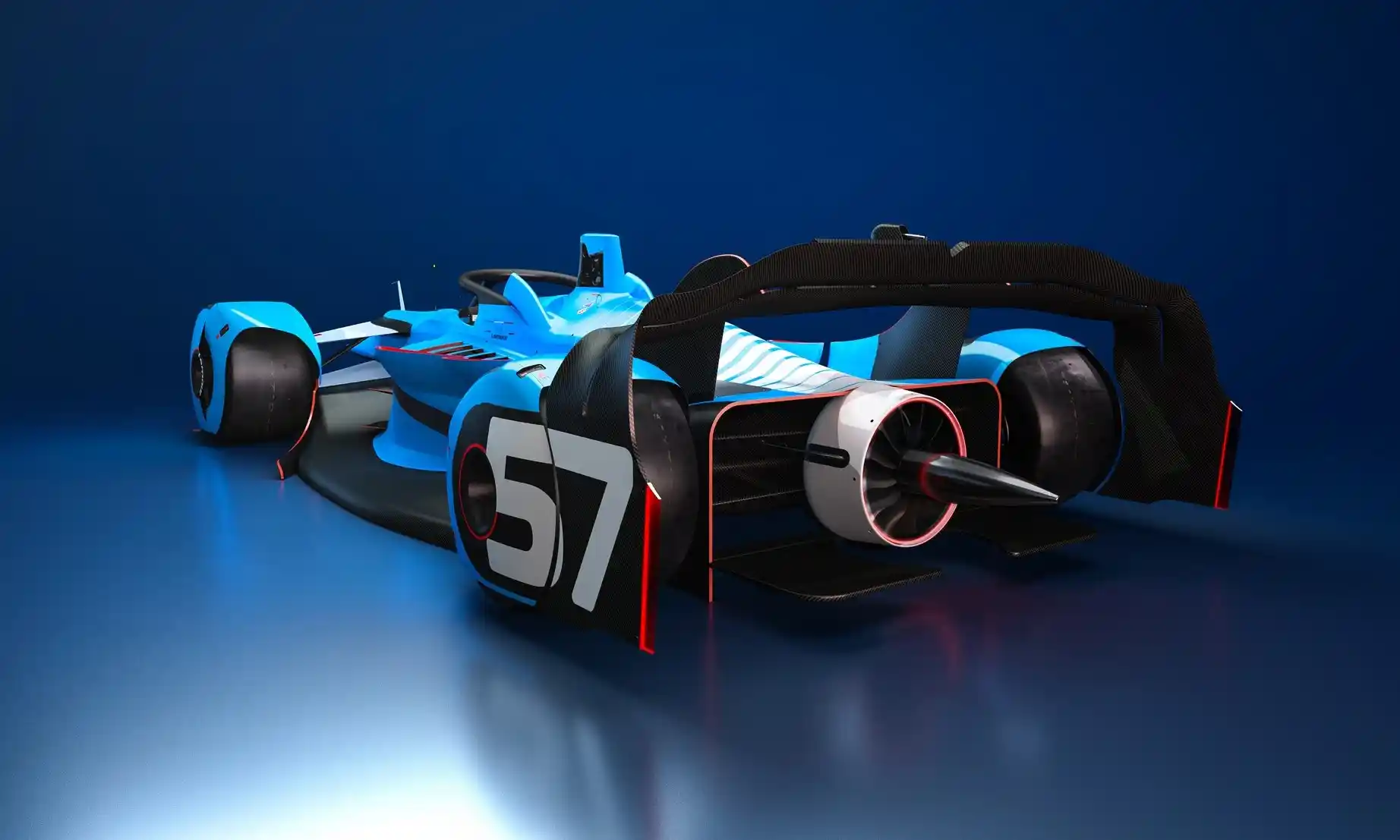
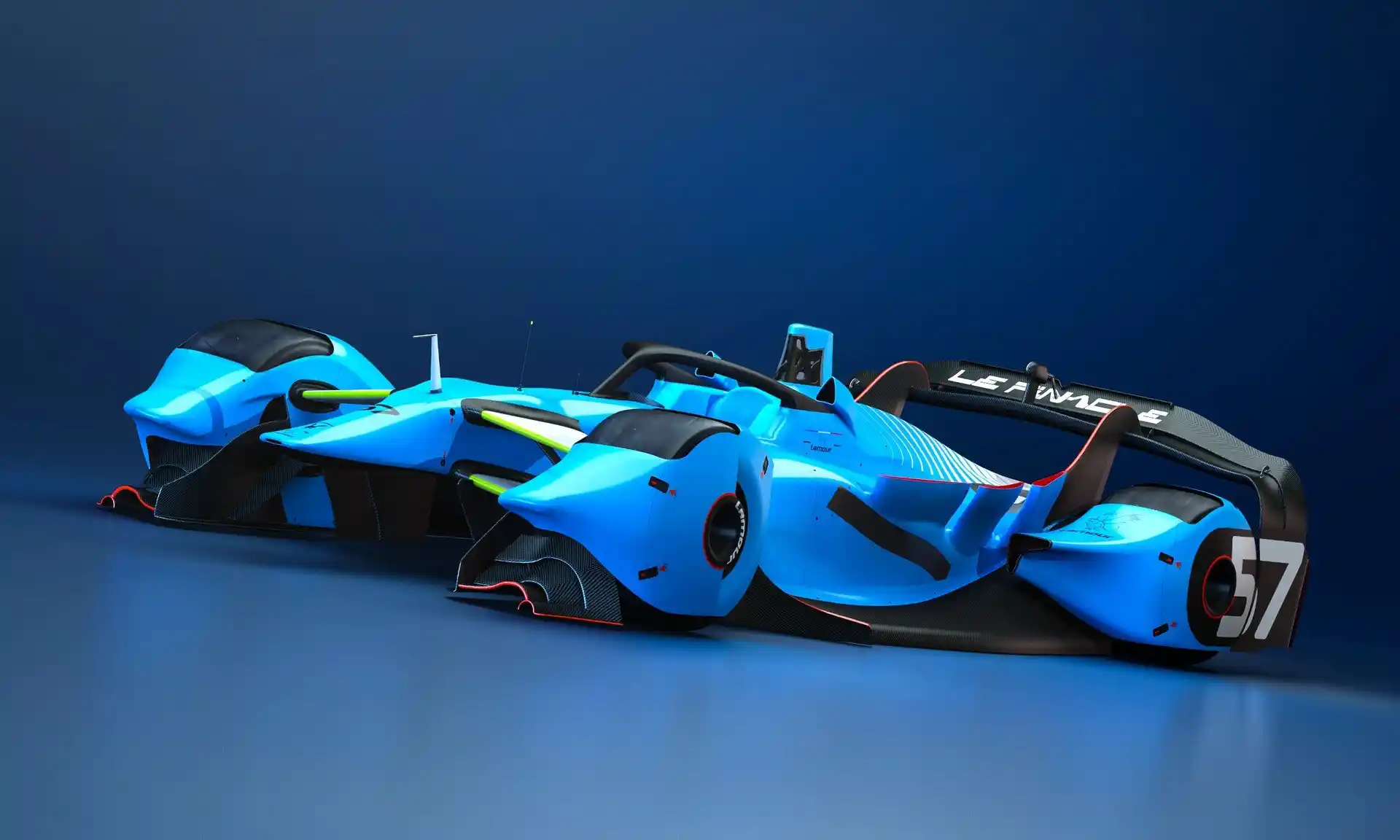
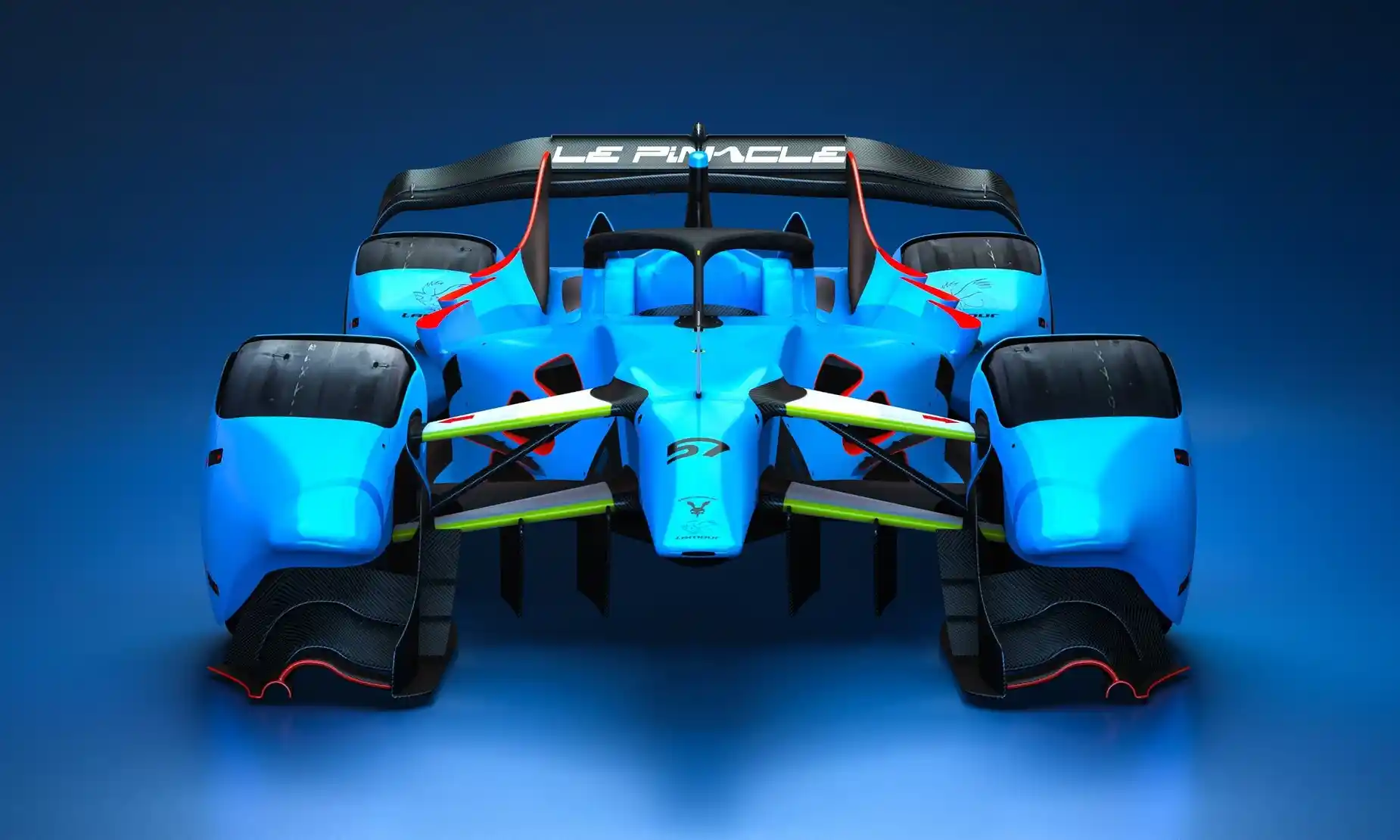
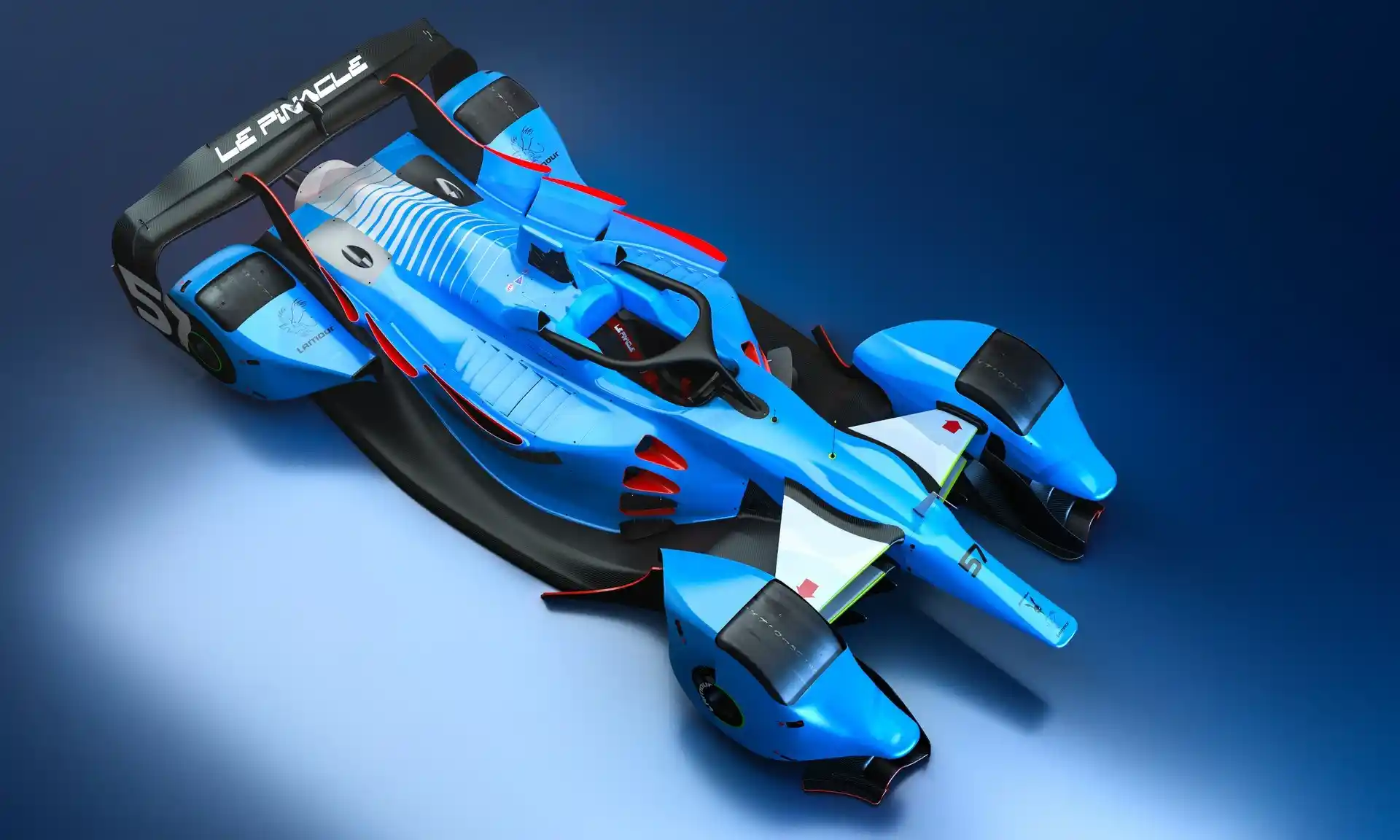
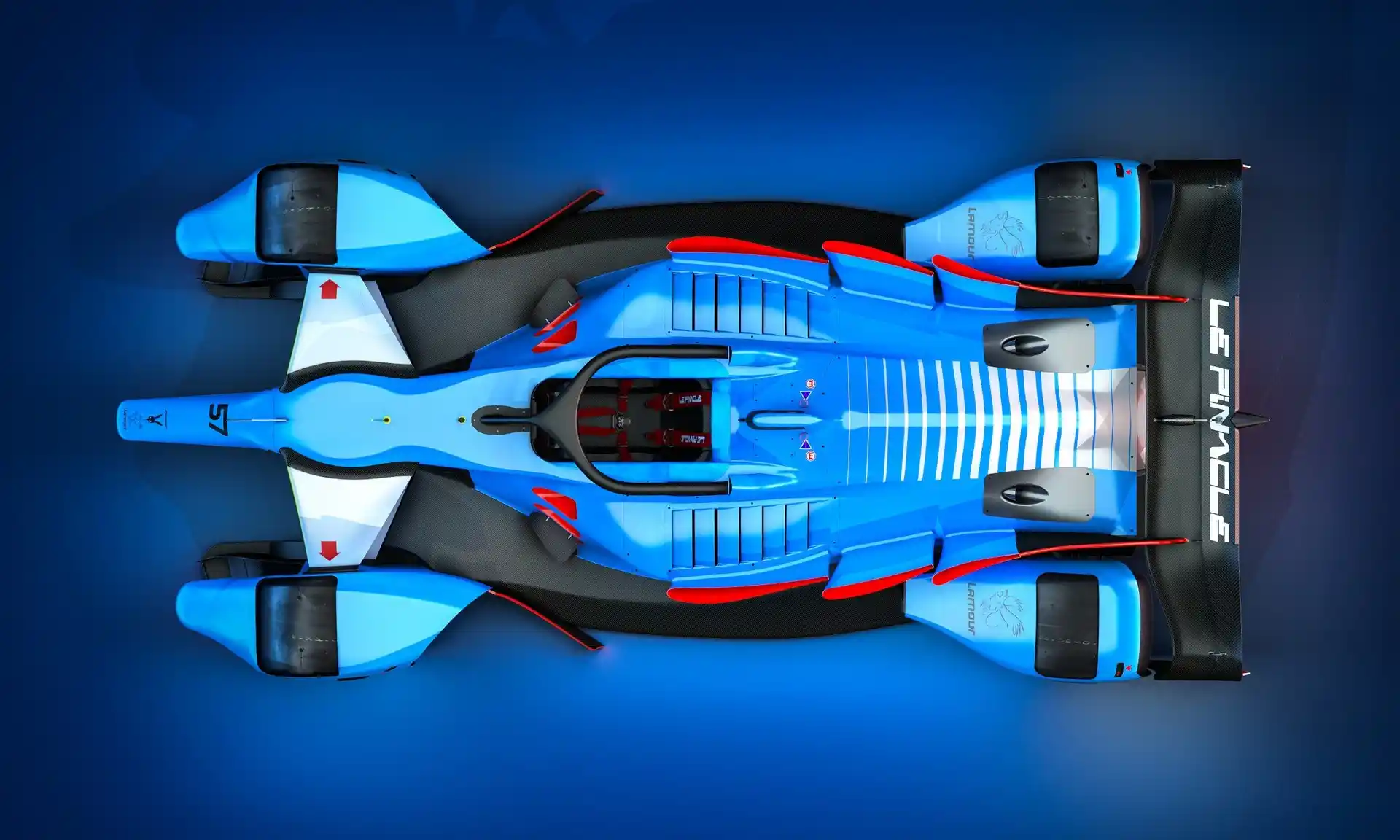



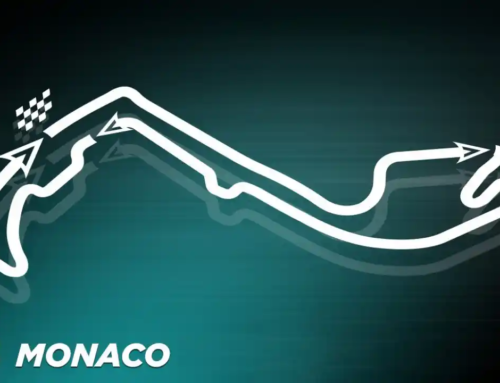
Leave A Comment